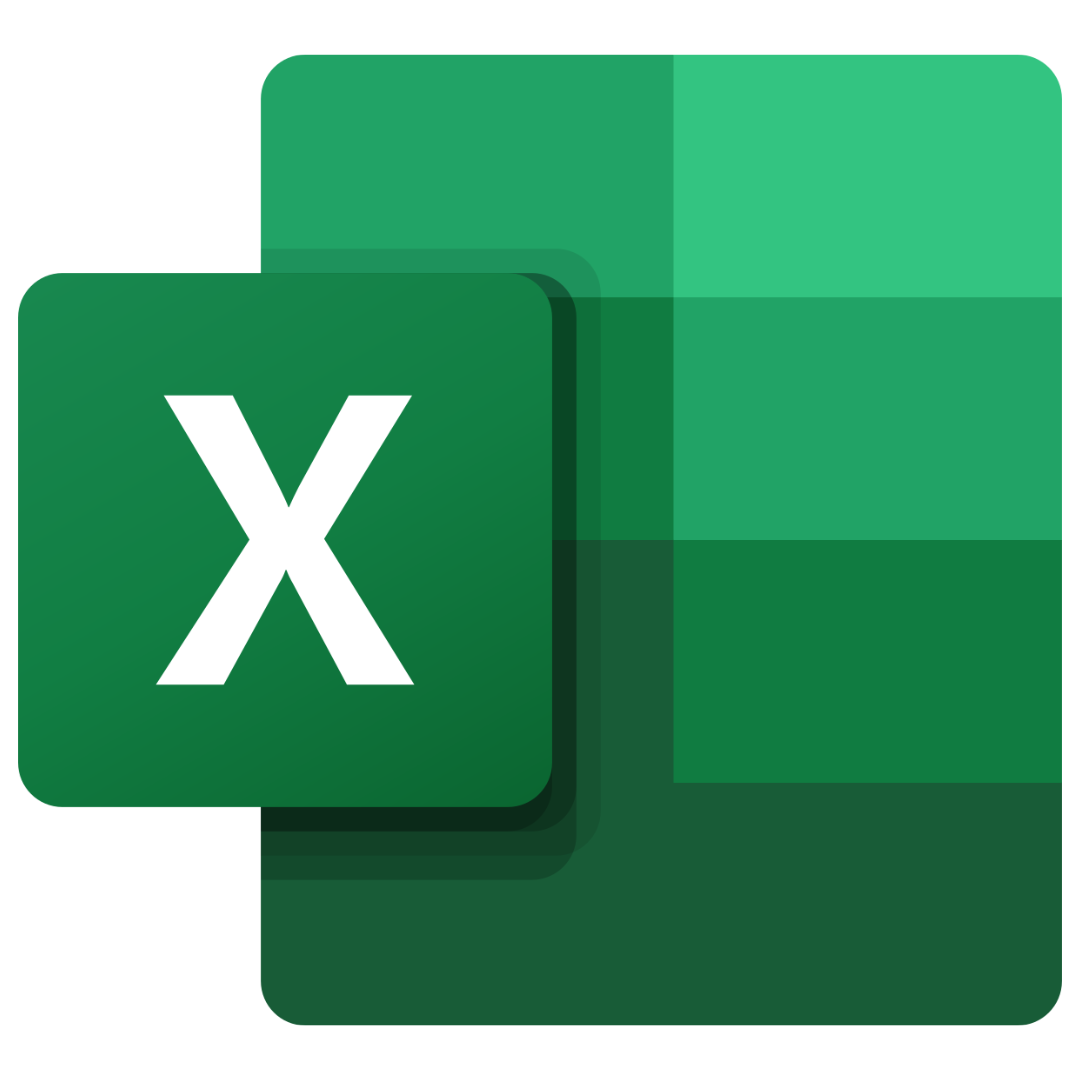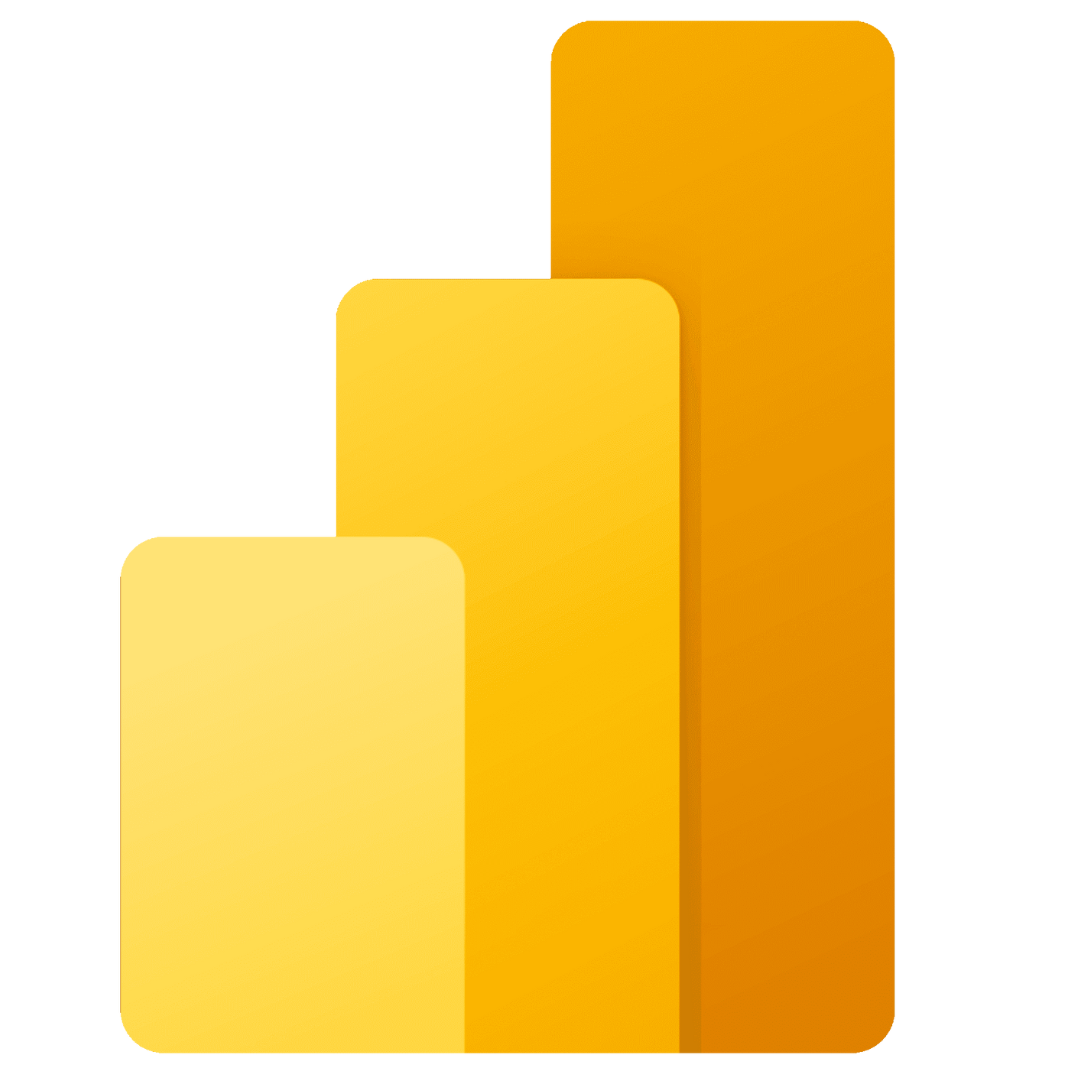Small businesses generate a great deal of data…but are they getting the reporting features they need to discover insights from their data? Two powerful reporting platforms are Excel and Power BI. There are important differences between the two.
In today's business world, organizations of any size have data whether they know it or not. Behind every platform used by an organization lies data that updates or maintains the platform, which allows for quick and efficient processes that keep a business going. The problem most organizations face with one or many different business critical platforms is that they often lack reporting features for key stakeholders to use to discover insights on their data. This is where tools such as Excel or Power BI come into play to help unlock the organization's data to help them make informed decisions and solve problems.
 Excel
Excel
Excel is a spreadsheet software that has aided originations with their data since its release in 1987. Some of the biggest benefits to Excel are that it is a very flexible tool that can be used for very simple or highly complex use cases, and it is the most used software in today's business world meaning most employees will have had prior knowledge of how to use it. While these benefits are certainly attractive to any business, Excel can struggle when attempting to analyze large volumes of data and it lacks automation, meaning data sets will have to be manually added to Excel anytime the user wants to see updated information.
 Power BI
Power BI
Power BI is a software that was released in 2014 which includes business intelligence, reporting, and data visualization features. The software itself is far more complex in comparison to Excel, thus it requires the technical expertise of an experienced analyst for an organization to attain value from it. Even with this technical barrier, many organizations are turning to Power BI to upgrade their reporting processes. The reasons for this upgrade include but are not limited to connectivity, automation, data volumes, visualization, interactivity, and security. Power BI can connect to over 100 different data sources at a time, providing updated information to the end user in real-time or on a scheduled basis. Data volume is a barrier that is often faced by organizations, as an Excel sheet is limited to 1,048,576 rows. A Power BI file can contain a seemingly unlimited quantity of rows from numerous sources, which allows organizations to utilize a more complete picture of their data for informed decision-making. Power BI contains several powerful visualizations that are used to aid in the storytelling of the data. These visualizations are highly interactive if set up properly, allowing users to compare figures with a simple click. Finally, if Power BI is utilized correctly, it is extremely secure providing peace of mind concerning an organization's confidential data.
Choosing the right software
For an organization to get the most value out of either software, the right person for the job is required. A popular phrase comes to mind: "It's not the wand, it's the wizard." If executed improperly, reporting using either software can result in misleading insights and a negative impact on the organization. Conversely, when executed properly, reliable data can be used for solid strategic planning, risk minimization, and success for the organization.